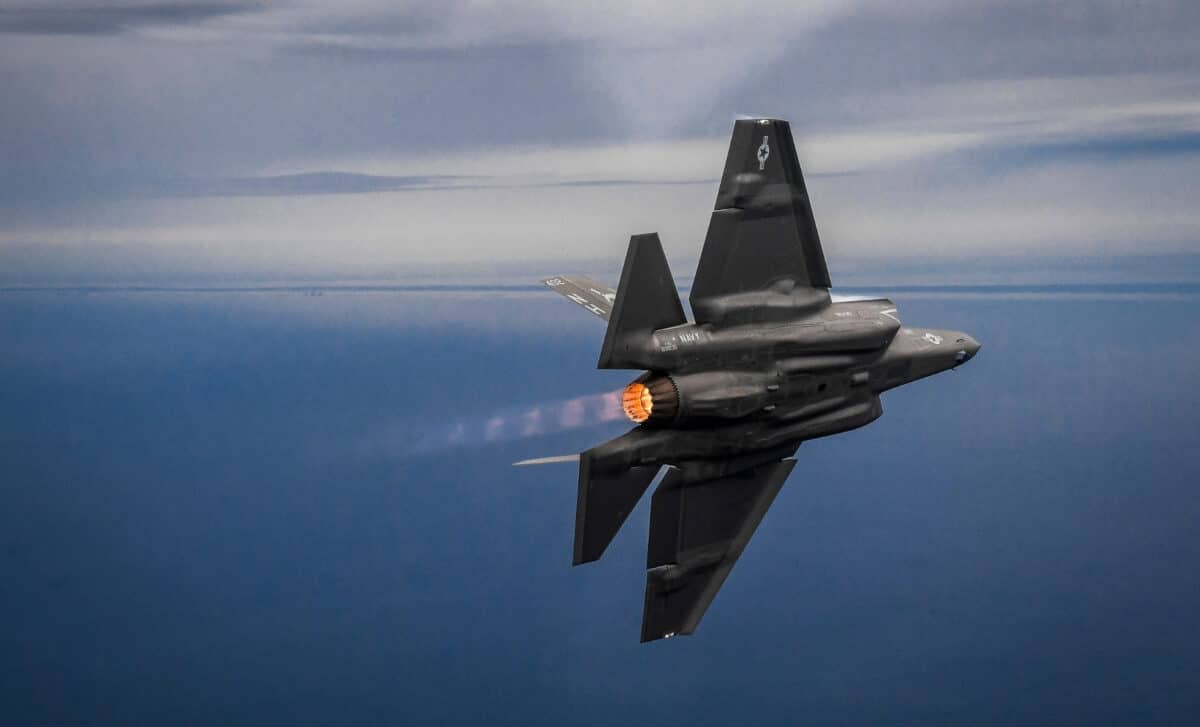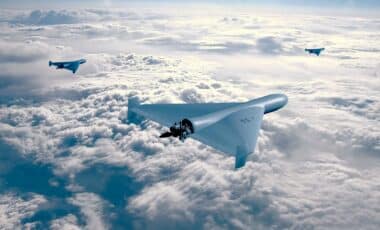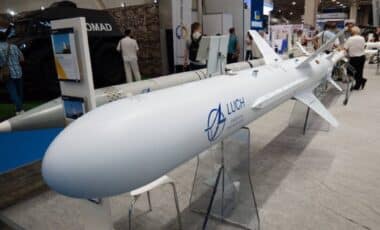The United States is home to the five largest air force bases on Earth, each surpassing commercial airports in sheer size and scope. These installations are not only immense in land area but also critical to U.S. military operations, testing programs, and global readiness.
With sizes ranging from 20,000 to 464,000 acres, these bases are located across a diverse range of environments—from subtropical Florida to the Arctic edge of Greenland. While much of their land remains undeveloped, these sites enable large-scale exercises, advanced weapons research, and strategic deployments.
The A-10 Warthog Just Got Laser Rockets—But the U.S. Air Force Is Retiring It Anyway
Eglin Air Force Base: Florida’s Sprawling Military Hub
Eglin Air Force Base in Okaloosa County, Florida, occupies roughly 464,000 acres, making it the largest air base in the world. Originally established in 1935, it served as a key training site during World War II and has since evolved into a major center for weapons development. It now hosts the 96th Test Wing, the largest within the Air Force Test Center.
The base includes the Eglin Test and Training Range and the Munitions Directorate of the Air Force Research Laboratory. More recently, it has become a hub for military artificial intelligence and hypersonic technology research.
Over 19,000 military and civilian personnel work on site, and the base includes the third-largest hospital in the Air Force. Its controlled airspace—extending over 76 million acres above the Gulf of Mexico—is unmatched in scale.
Edwards Air Force Base: California’s Experimental Test Ground
Covering more than 301,000 acres in California, Edwards Air Force Base serves as the heart of the Air Force’s flight testing operations. It is home to the 412th Test Wing and features 29,000 feet of concrete runways, 59 miles of lakebed runways, and over 8,800 facilities.
This base was the site of aviation milestones, including Chuck Yeager’s historic supersonic flight in the Bell X-1. Classified programs like the U-2 and F-117 were developed at North Base, located within the facility. The NASA Armstrong Flight Research Center also operates here, cementing the base’s reputation as a global center for experimental aviation.
Pituffik Space Base: Extreme Operations in Greenland
Pituffik Space Base, formerly Thule Air Base, lies about 750 miles north of the Arctic Circle in Greenland. At 233,000 acres, it is the northernmost U.S. military base and now operates under the United States Space Force.
Built in the early 1950s through a U.S.–Denmark agreement, it features a 10,000-foot runway that remains functional year-round despite sub-zero temperatures and long periods of winter darkness. The 821st Space Base Group leads operations there, with around 150 personnel still stationed on site. The facility remains a key asset in polar surveillance and early warning systems.
Joint Base Elmendorf-Richardson: Alaska’s Strategic Stronghold
Located in Anchorage, Alaska, Joint Base Elmendorf-Richardson encompasses 84,000 acres and was formed by merging Elmendorf Air Force Base with Fort Richardson in 2010. It supports two runways, more than 800 buildings, and 1,600 housing units.
The base operates a mix of aircraft, including the F-22 Raptor, E-3 Sentry, C-130 Hercules, and C-17 Globemaster. It is home to the 673rd Air Base Wing, which includes more than 6,000 personnel. The total population on site, including military families and civilian employees, exceeds 30,000. With its proximity to Russian territory, it plays a pivotal role in Arctic and Pacific defense operations.
Andersen Air Force Base: Pacific Projection in Guam
Andersen Air Force Base, located at the northern tip of Guam, spans 20,000 acres and remains the largest U.S. air base in the Pacific. Originally constructed for B-29 bombers in World War II, it now supports all aircraft in the Department of Defense inventory.
The base features two 10,000-foot runways and 7.5 million square feet of aircraft parking space. It also stores the Air Force’s largest reserves of fuel—around 66 million gallons—and munitions, totaling 45 million pounds. More than 8,000 personnel are stationed there. As reported by Simple Flying, the base supports U.S. strategy in the Indo-Pacific, a region central to current geopolitical planning.








